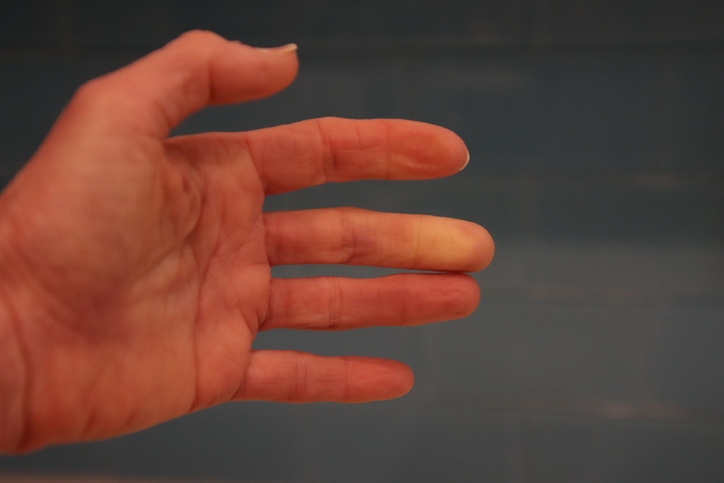
How common is Lupus in Australia?
From the Australasian Society of Clinical Immunology and Allergy, Systemic Lupus Erythematosus (SLE), also known as lupus, is a disease of the immune system, which is estimated to affect more than 20,000 people in Australia and New Zealand.
Lupus is an autoimmune condition where the body’s immune system attacks itself. It has drastic impacts on most parts of the body.
What are some of the symptoms related to Lupus?
From Mayo Clinic, the signs and symptoms of lupus that you experience will depend on which body systems are affected by the disease.
The most common signs and symptoms include:
- Fatigue
- Fever
- Joint pain, stiffness and swelling
- A butterfly-shaped rash on the face that covers the cheeks and bridge of the nose or rashes elsewhere on the body
- Skin lesions that appear or worsen with sun exposure
- Fingers and toes that turn white or blue when exposed to cold or during stressful periods
- Shortness of breath
- Chest pain
- Dry eyes
- Headaches, confusion and memory loss
How does Lupus affect the body?
From the Lupus Foundation of America, Lupus can affect any part of the body. Including your skin, digestive system, muscles, tendons and joints, nervous system, lungs, kidneys, heart, eyes, memory, liver, and bones.
- Skin: lupus can cause rashes or sores (lesions) to appear on exposed areas such as the face, ears, arms, and legs.
- Digestive system: may experience problems in the gastrointestinal system including the surrounding organs such as the liver and pancreas.
- Muscles, tendons and joints: experience muscle aches and pain (myalgias) or inflammation of certain muscle groups (myositis).
- Nervous system: can include headaches, numbness, tingling, and cognitive dysfunction.
- Lungs and pulmonary system: can involve the membrane lining of the lungs, the lungs themselves, the blood vessels within the lungs, and the diaphragm.
- Kidney system: the symptoms of lupus nephritis; problems in the urinary system; and ways to protect your kidneys.
- Heart and circulation
- Eyes: affects the skin around the eyelids, dry eyes, and scleritis.
- Memory: signs of confusion and memory loss. This so-called “lupus fog” is almost universally known to people with lupus.
- Bones: Two especially common complications of lupus on the bones are osteoporosis and avascular necrosis.
- Blood: Blood disorders are common in people with lupus.
- Liver
What are the causes of Lupus?
From, the US National Institute of Arthritis and Musculoskeletal and Skin Diseases, the cause of Lupus is unknown. Doctors know that it is a complex autoimmune disease in which the body’s immune system attacks the person’s tissues and organs. Studies show that certain factors may trigger your immune system, causing the disease. These factors include:
- Genes
- Environment. Exposure to certain factors in the environment – such as viral infections, sunlight, certain medications, and smoking – may trigger lupus.
- Immune and Inflammatory Influences. Researchers think that if the body does not remove damaged or dead cells normally, this could trick the immune system into constantly fighting against itself, which could lead to Lupus
What help is available for Australians with Lupus?
From the CDC, there is no cure for lupus but treatments can help you feel better and improve your symptoms. Your treatment will depend on your symptoms and needs. The goals of treatment are to:
- Prevent flares
- Treat symptoms when they happen
- Reduce organ damage and other problems
- Your treatment might include medicines to:
- Reduce swelling and pain
- Calm your immune system to prevent it from attacking the organs and tissues in your body
- Reduce or prevent damage to the joints
- Reduce or prevent organ damage
There are many different types of medicines that can help relieve the symptoms of lupus. You can also treat lupus with alternative medicines like creams, ointments, or supplements.



